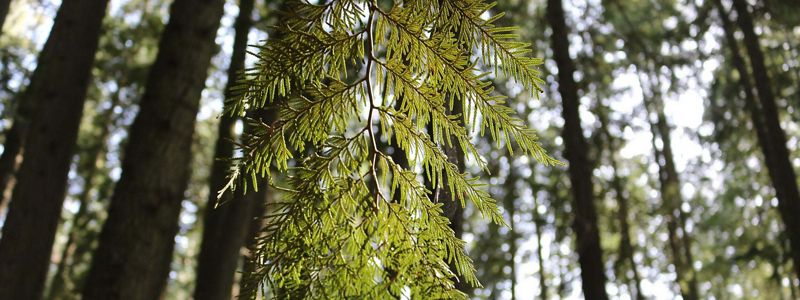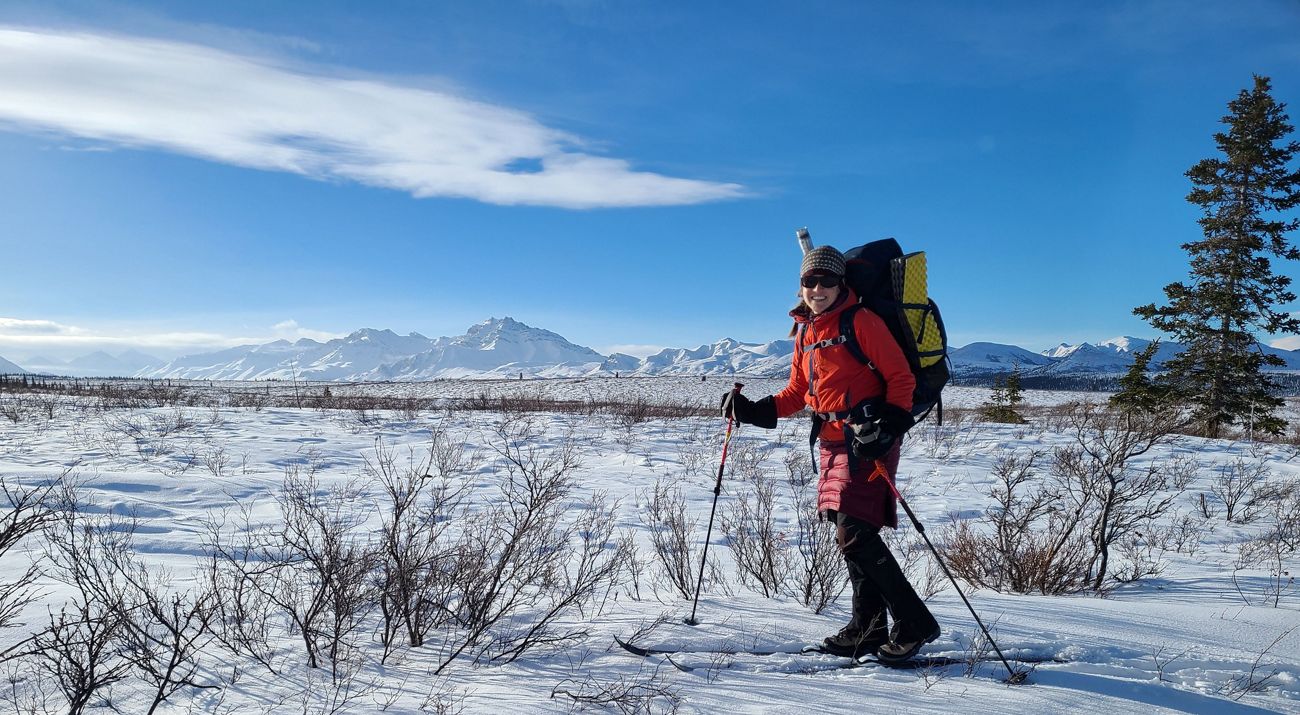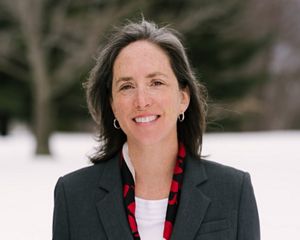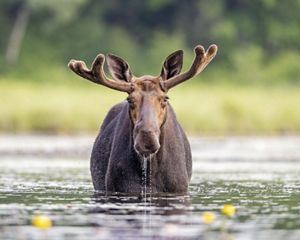Taylor Ganz's scientific career has focused on the intersection of human activity and nature to inform conservation and land management. At The Nature Conservancy (TNC), she takes this a step further by providing localized science support for programs in Idaho such as land and water conservation, climate policy and renewable energy, natural climate solutions, regenerative agriculture and resilient forests.
Explore the interview below for highlights of her career so far, hopes for the future and advice for future scientists!
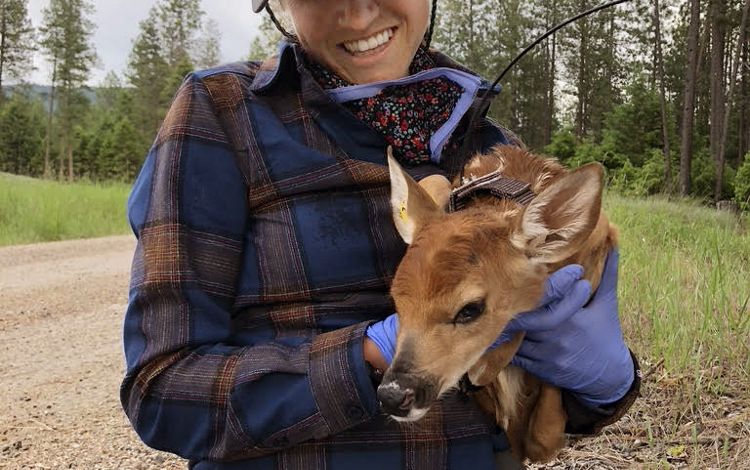

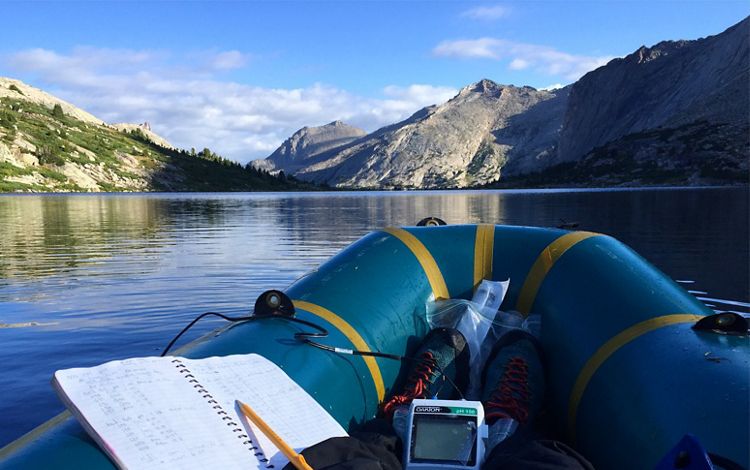
What led you to join The Nature Conservancy and what is your current role?
I joined TNC because I wanted to make a direct, meaningful impact on conservation through place-based work with large-scale impact. Working in Idaho, I’m able to leverage science to positively impact the places I care about most, with the support of a global organization. And, I am confident that our local efforts contribute to a broader vision of conservation that benefits nature and people worldwide.
Here in Idaho, I serve as the Science Lead for TNC. In this role, I support our conservation programs with scientific analysis and information to help ensure our work is scientifically sound and has maximum impact. I also collaborate with other scientists to advance research that can help inform practical and effective conservation solutions.
Can you share a significant achievement in your career that you are particularly proud of?
I’m especially proud of earning my PhD, which allowed me to leverage the diverse skill set I’ve acquired and collaborate with a wide range of partners. My career path has been relatively non-traditional. After college, I worked as an outdoor guide and environmental educator for more than five years before returning to school to earn my master’s and doctoral degrees. I’ve enjoyed bringing my wilderness skills to my research, relying on those skills to collect data from remote and high-risk places. This has included trapping and GPS-collaring lynx high in the San Juan Mountains of Colorado, collecting snow-chemistry samples from the Wind River Range in Wyoming, and sampling snow-structure in Denali National Park, Alaska—all on skis! For my dissertation research, I was part of a team that GPS collared over 650 individual animals in Washington State to uncover the key drivers of predator-prey dynamics, leading to publications in Science, Ecology, and many other peer-reviewed journals. Through this and other research, I’ve had the opportunity to collaborate with multiple state wildlife agencies, the US Geological Survey, the Bureau of Land Management, the US Forest Service, and federally recognized tribes.
Quote: Taylor Ganz
Who are some of your role models or mentors and how have they influenced your career?
I’ve been lucky to have many great role models and mentors along the way, from teachers to supervisors in both work and research. Starting in second grade, my earliest teachers inspired a deep curiosity about the natural world that ranged from owl pellets to the solar system. After completing my undergraduate degrees, I had supervisors who gave me the confidence to pursue science. They encouraged me to go to graduate school and helped me strategize how to make that possible. Later mentors supported my sometimes-wild ideas for remote research projects and gave me the critical feedback to ensure those projects were well-funded and led to key scientific contributions. The balance between encouragement and constructive feedback has been essential to continually developing in my career.
What advice would you give to young people who are interested in pursuing a career in science?
I’ve learned that being able to communicate science is just as important as the quality of research you produce. Rigorous analysis is critical, and we must be able to communicate our findings to a wide variety of audiences, both within and beyond the scientific community. I encourage those interested in a science career to develop their communication skills and explore different media such as writing for a public audience, film, podcasting, social media, illustration, and public speaking. I think these opportunities allow individuals to bring their unique and diverse perspectives into the story behind their science which can make our work more engaging and impactful.
What projects are you currently working on that you are excited about?
We have a variety of great science projects underway through our conservation programs, and I’ve been developing a broader framework for our approach. Through this process, I’m helping to identify where we need to develop new science to advance our work.
One of the analyses that I’m leading is helping to strategize where to prioritize land protection in Idaho for the largest benefits to freshwater and terrestrial systems. We are evaluating watersheds to identify which have the most unprotected land that provide key habitat and ecosystem services. Protecting and restoring these areas will help us ensure resilient landscapes now and into the future.
More About Taylor
Taylor Ganz was formerly a research scientist at the University of Washington, studying how wildlife respond to snow and the effects of climate change. She also worked with the U.S. Geological Survey to synthesize the science on the effects of recreation on wildlife such as deer and elk.
Ganz earned a Ph.D. from University of Washington in Environmental and Forest Sciences, an M.S. from Yale University in Environmental Science, a B.S. in Mechanical Engineering at USC and a B.A. in Physics at Lewis and Clark College.
Stay connected for the latest news from nature.
